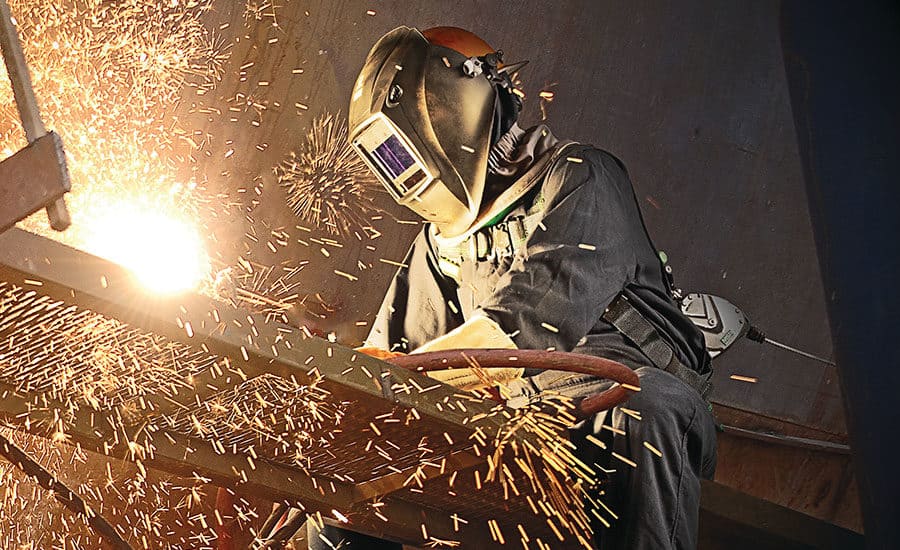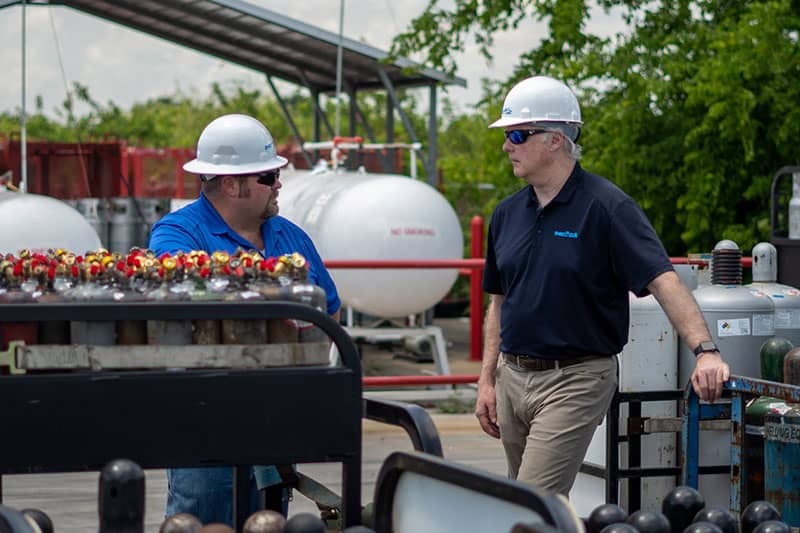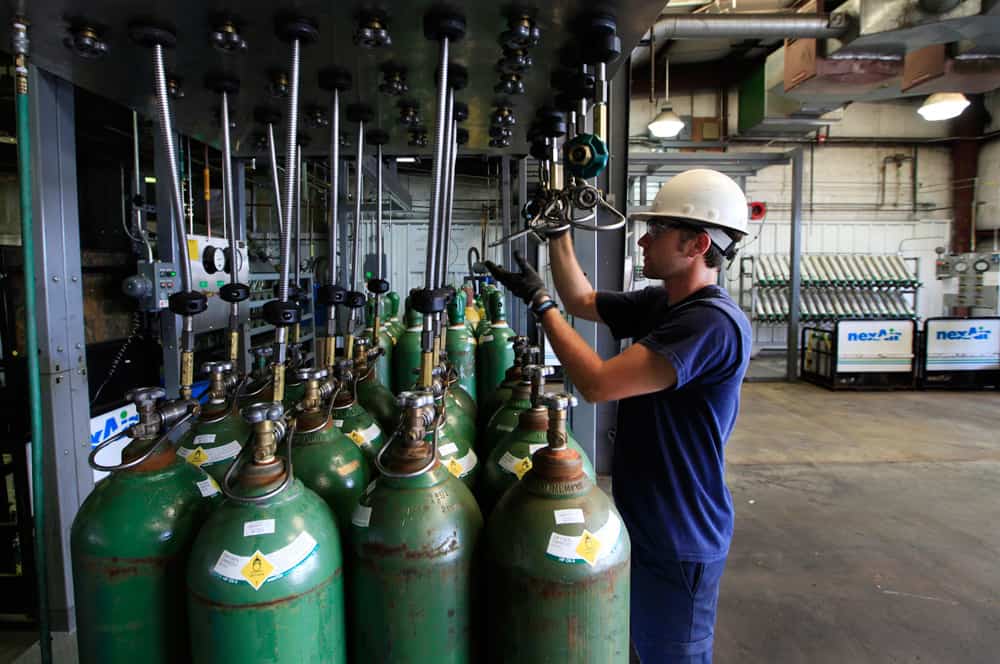How Proper Gas Selection Can Increase Efficiency in Food and Beverage Production
Food production runs on tight schedules where delays cost money and spoiled products create waste. Gas selection affects multiple stages of processing, from preserving ingredients during storage to extending finished product shelf life. The wrong gas choices slow down production lines and reduce product quality.
Nitrogen, carbon dioxide, and oxygen each serve specific functions in food processing. Understanding how these gases interact with different products helps manufacturers optimize their processes and reduce waste throughout production.
Modified Atmosphere Packaging Applications
Fresh produce stays crisp longer when packaged in controlled gas environments. Lettuce and spinach benefit from low-oxygen atmospheres that slow respiration and prevent wilting. The gas mixture composition varies by product type – what works for leafy greens might accelerate spoilage in other vegetables.
CO2 concentrations between 5-15% inhibit bacterial growth in many fresh foods without affecting taste or texture. Higher concentrations can create acidic flavors or cause package collapse in some applications. Getting these ratios right extends shelf life while maintaining product quality customers expect.
Nitrogen displaces oxygen in packages containing oils or fats that turn rancid when exposed to air. Snack foods maintain crispness and flavor when packaged in nitrogen-rich environments. The inert gas prevents oxidation reactions that create off-flavors and reduce nutritional value.
Beverage Production Gas Uses
Carbonated beverages require precise CO2 levels that affect taste, mouthfeel, and foam characteristics. Different drink formulations need specific carbonation volumes – what works for cola creates problems in fruit-flavored sodas. Consistent gas purity prevents off-flavors from contamination.
Nitrogen creates the smooth, creamy texture in stouts and cold-brew coffees. The gas doesn’t dissolve readily in liquid, creating smaller bubbles that produce different sensory experiences than CO2 carbonation. Proper nitrogen delivery systems maintain consistent product characteristics.
Wine and juice production uses CO2 and nitrogen for tank blanketing during storage and transfer. These gases prevent oxidation that would degrade flavors and create brown coloration. Maintaining proper gas coverage throughout processing preserves product quality from harvest to bottling.
Process Efficiency Improvements
Controlled atmosphere storage extends ingredient shelf life before processing begins. Apples stored in low-oxygen environments maintain firmness and prevent browning for months longer than conventional storage. This extended storage capability helps manufacturers schedule production around market demands rather than harvest timing.
Gas-assisted cleaning systems remove residues and sanitize equipment between product runs. CO2 cleaning eliminates the need for harsh chemicals while reducing water usage and downtime. The dry cleaning process prevents cross-contamination between different product flavors or formulations.
Pneumatic conveying systems use nitrogen to transport powdered ingredients through processing facilities. The inert gas prevents dust explosions while protecting sensitive ingredients from moisture and oxidation during transport. These systems reduce material handling labor and contamination risks.
Quality Control Benefits
Gas chromatography analysis requires ultra-pure carrier gases to detect trace contaminants and verify product specifications. Impure gases create false readings that can lead to incorrect quality decisions. nexAir’s expert KnowHow™ covers the purity requirements for different analytical applications in food testing.
Consistent gas delivery prevents the process variations that create product quality problems. Automated gas mixing systems maintain precise ratios throughout production runs, eliminating the manual adjustments that can introduce errors. This consistency reduces waste from off-specification products.
Food manufacturers who optimize their gas selection and delivery systems see improvements in product quality, shelf life, and production efficiency. These operational improvements help companies Forge Forward with competitive advantages in demanding food markets.
Contact nexAir to discuss gas solutions designed for food and beverage production applications. Our food industry specialists understand the regulatory requirements and quality standards that affect gas selection in food processing environments.
Looking out for your future
Get your career going on the right track with nexAir
Find out how nexAir KnowHow has impacted businesses all over the Southeast
Our expertise makes us more than a valuable partner, it makes us headlines
Don't see what you're looking for?
Everything we offer is a click away and it will arrive before you know it.


